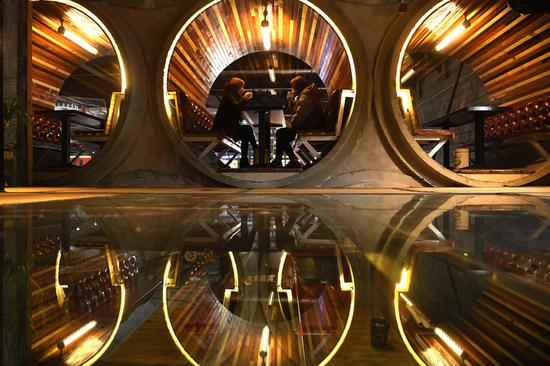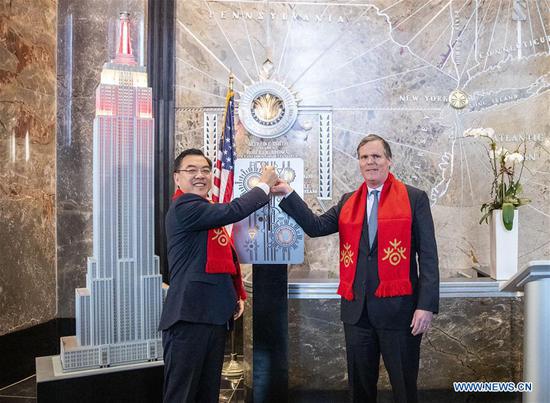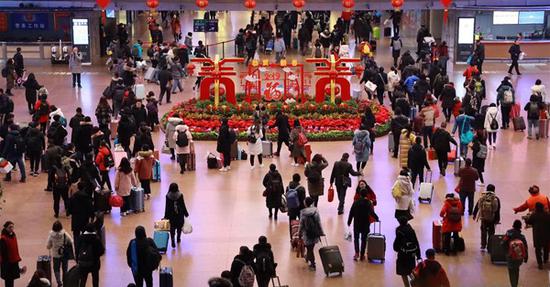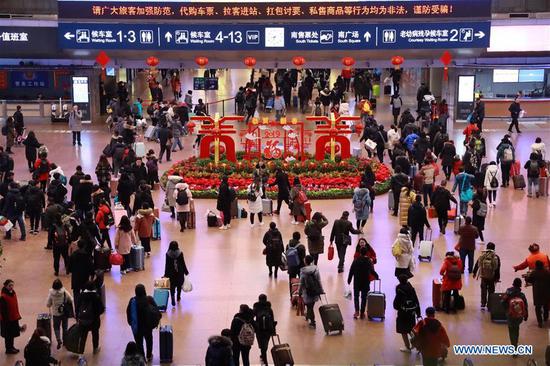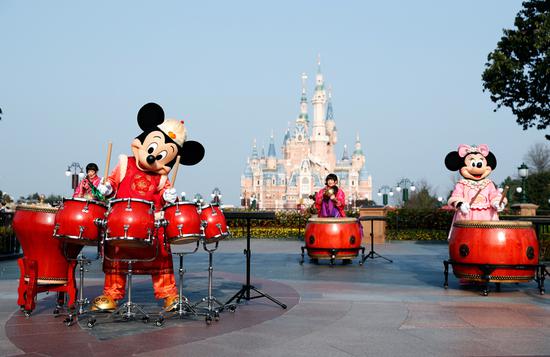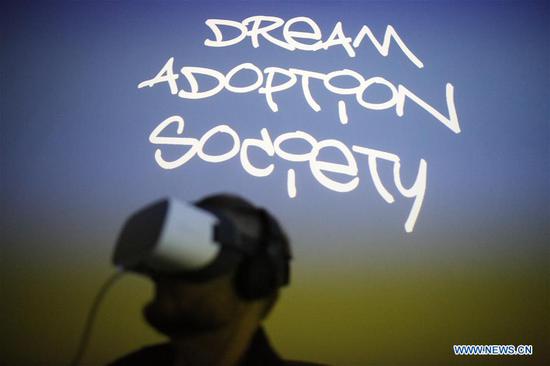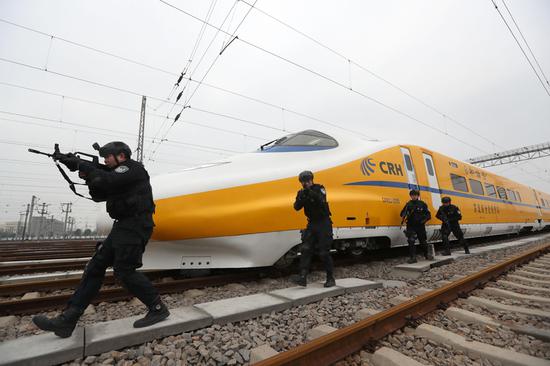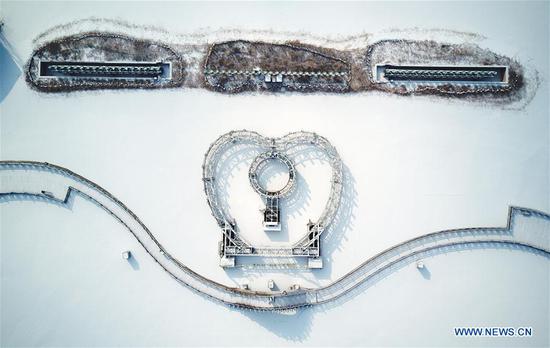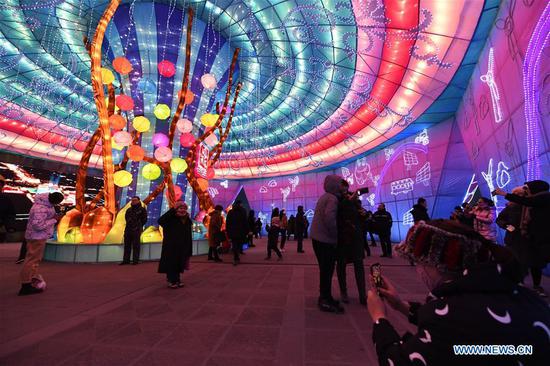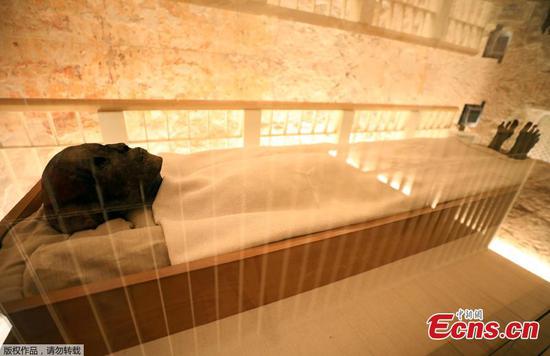LABOR &TALENT SHORTAGE
In addition, Wisconsin has seen a tightening labor market in the last few years, with the unemployment rate steadily registering 3 percent or lower in nine months, which made it difficult for companies to look for workers, let alone skilled ones or engineers.
Kurt Bauer, president and CEO of Wisconsin Manufacturers &Commerce, said that the association has about 3,800 members, half of which are manufacturing companies. Around 80 percent of the members have seen a labor shortage in one way or another.
Ian Robertson, dean of the University of Wisconsin-Madison college of Engineering, said the college has 800 graduates every year. They have about 6,000 job opportunities to choose from, most of which are outside of the state.
To meet the demand for engineers, the college plans to expand their enrollment from around 4,500 to 5,200 in the next few years. But after graduation, how many of the students will be hired by Foxconn is hard to say.
Robertson said many companies in need of engineers tend to build long-term relationships with the university by establishing labs and offering internships. "Foxconn is just one of them," he said.
In Foxconn's case, the average salary it promised is $54,000 a year, obviously lower than the average salary for engineers in the state, which is about $60,000. In addition, having employees work 50-60 hours a week would be difficult.
"The U.S. educational system is probably not even generating enough for the current demand in the United States with the economy strong and high-tech industry developing well," said Jason Dedrick, professor at the School of Information Studies at Syracuse University.
"You already have a lot of companies, Google, Facebook, Amazon and so on, competing for those engineers. Apple or rather its suppliers, will be trying to hire engineers in a market that's already pretty tight. It would not be really easy to do that hiring really quickly," he added.
TECHNOLOGY TRANSFER FORESEES HIGH COST
According to Prof. Dedrick's estimate, the cost of an iPhone will rise by $30 if Apple moves its final assembly lines to the United States. If Apple manufactures components and assembles them in the country, the cost will go up by $100 with the investment, labor and logistics involved.
What's more, the relocation to the United States would also see rising prices of many supplier items produced outside the United States, including semi-conductors, processors, memory, displays, batteries, the plastic and metal enclosures.
"Our industry involves highly customized products. It requires both strong research and development ability and industrial scale. So, moving the supply chain would be a long shot," said Meng Wu Peng, deputy general manager of Lens Technology, which manufactures cover-glass for smartphone brands such as Apple and Samsung.
Foxconn has hinted for months that it might shift focus to research and development facilities rather than large-scale manufacturing, casting doubts on its ability to live up to its promises.









